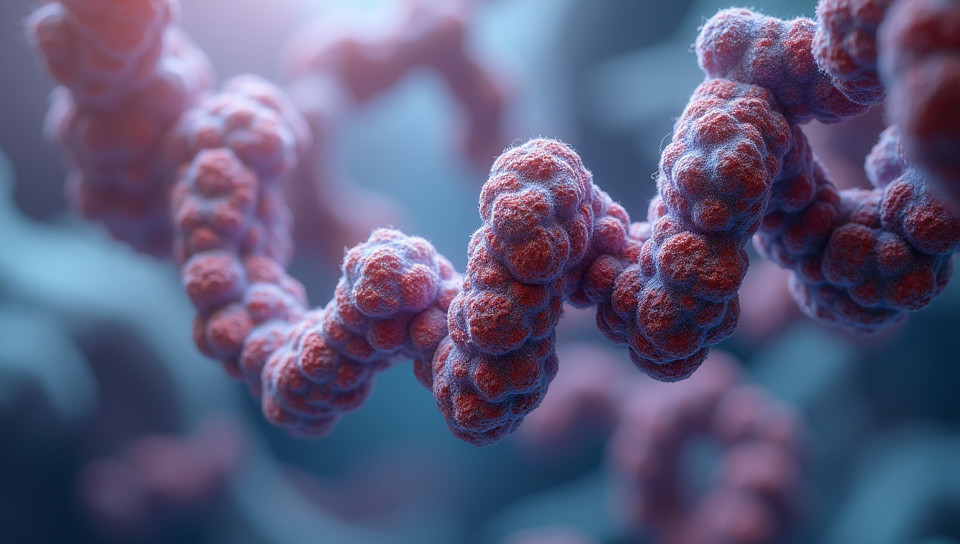Protein structure contributes to exceptional mechanical properties 85%

The Hidden Strength of Proteins: How Structure Impacts Mechanics
Imagine a material that is both incredibly strong and flexible, capable of withstanding immense forces while still maintaining its shape. Sounds like the stuff of science fiction? Think again. This remarkable combination of properties is precisely what proteins exhibit in living organisms, thanks to their intricate structure.
The Importance of Protein Structure
Protein structure is not just a byproduct of amino acid sequence; it plays a crucial role in determining the mechanical properties of these biomolecules. The unique arrangement of atoms and molecules within a protein's framework endows it with exceptional strength, stiffness, and toughness.
Mechanical Properties: What Do They Mean?
Mechanical properties refer to how materials respond to external forces or stresses. In the context of proteins, these properties include:
- High tensile strength
- Excellent elasticity
- Resistance to deformation
- Ability to absorb impact without breaking
The Role of Hydrogen Bonding in Protein Mechanics
Hydrogen bonding is a type of intermolecular force that plays a vital role in protein structure and mechanics. These bonds form between the hydrogen atom covalently bonded to oxygen, nitrogen, or fluorine atoms and other electronegative atoms. In proteins, hydrogen bonding contributes significantly to:
- Stabilizing the secondary structure (α-helices and β-sheets)
- Maintaining the tertiary structure (native conformation)
- Enabling protein-protein interactions
The Impact of Protein Structure on Mechanical Properties
The intricate arrangement of amino acids within a protein's framework influences its mechanical properties in several ways:
- Crystal-like structures, such as collagen, exhibit exceptional tensile strength due to their precise molecular packing.
- Fibrous proteins like keratin and silk exhibit remarkable elasticity and toughness thanks to their hierarchical structure and cross-linking.
Conclusion
The relationship between protein structure and mechanical properties is a complex and fascinating one. By understanding how the arrangement of atoms and molecules within a protein contributes to its exceptional strength, stiffness, and toughness, we can unlock new insights into biomaterials design and development. The study of protein mechanics holds great promise for advancing fields such as tissue engineering, biomedicine, and materials science.
- Created by: Benjamin Kelly
- Created at: Jan. 25, 2025, 11:14 a.m.
- ID: 18757


